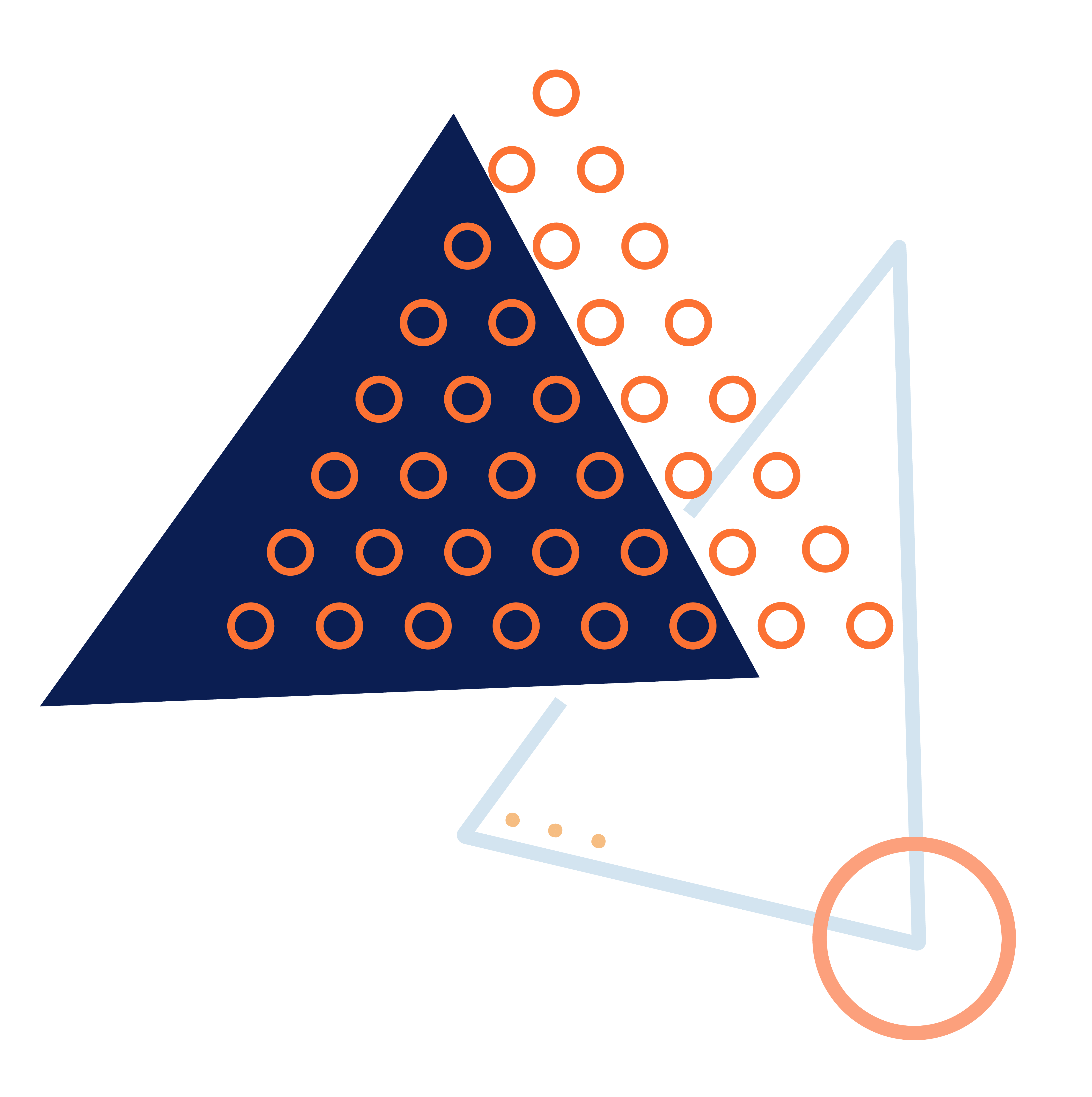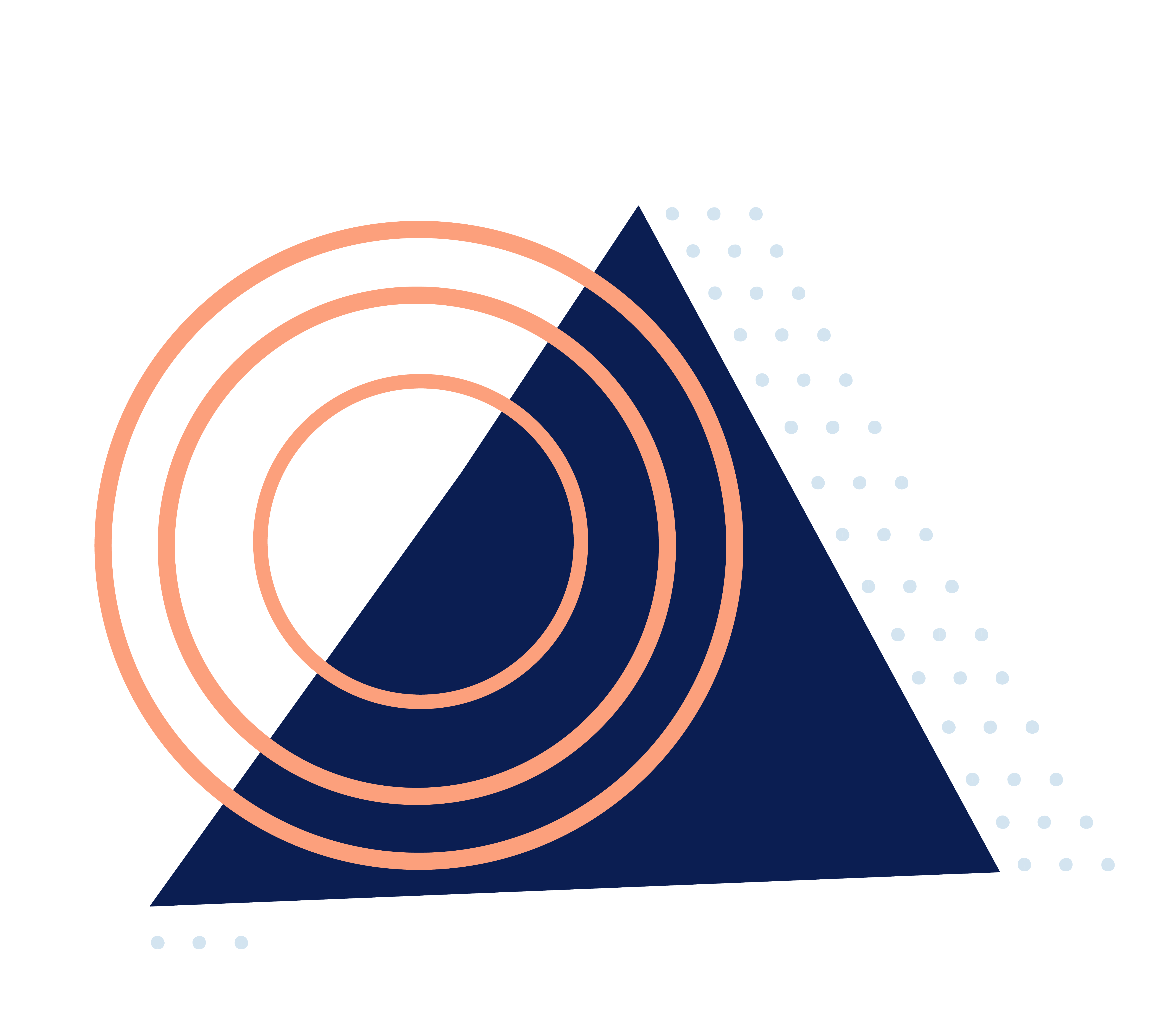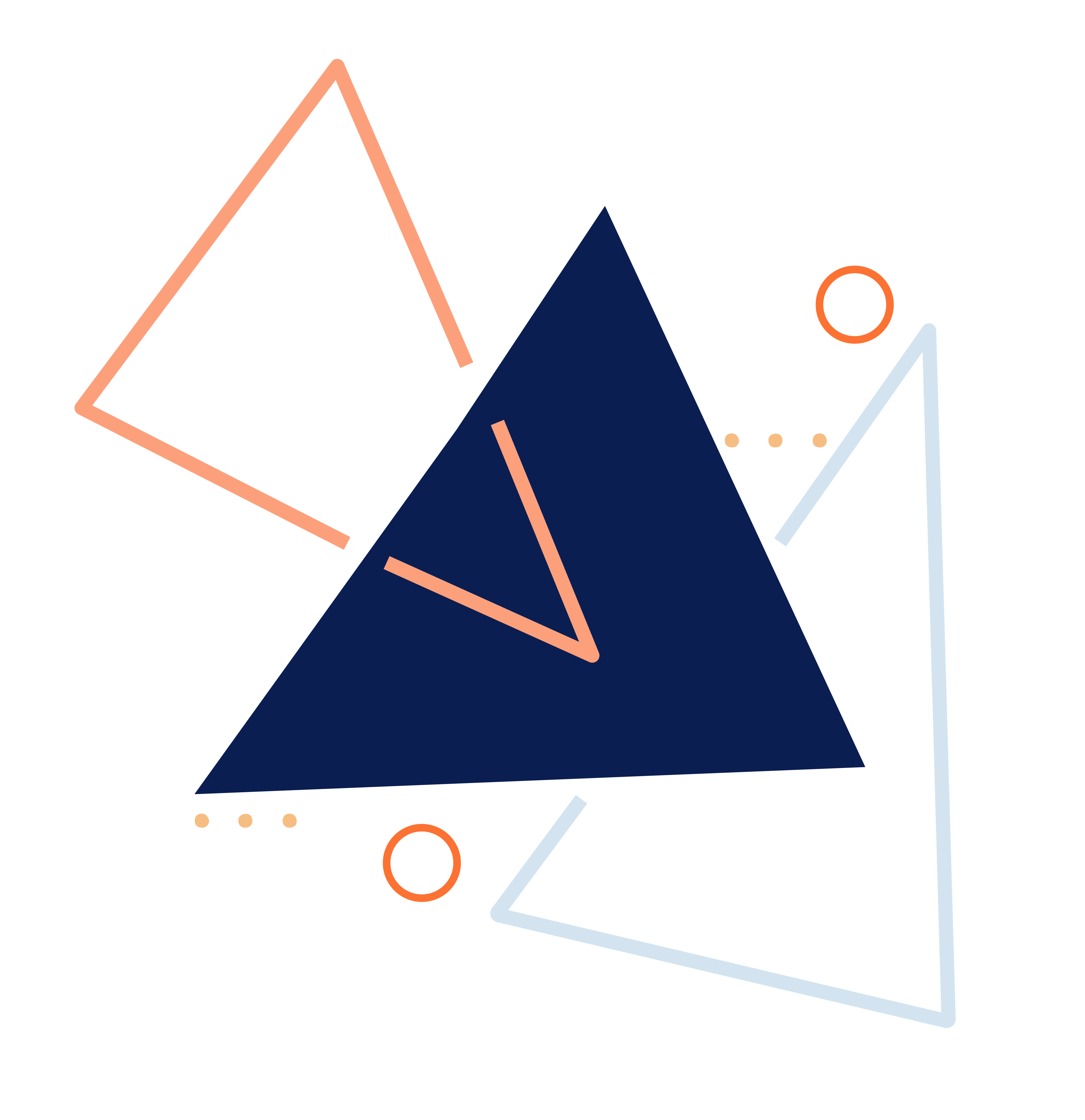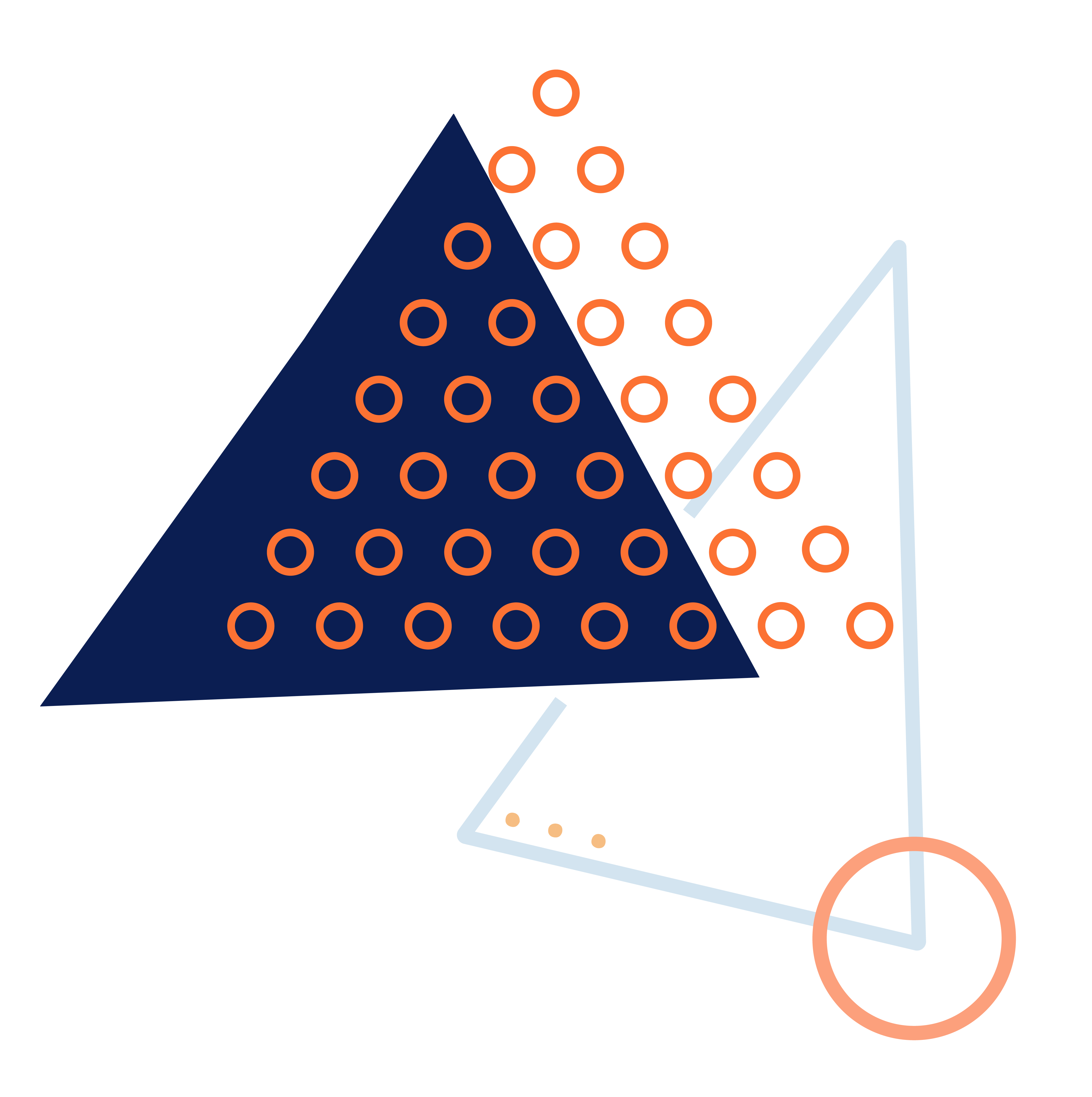

Article
International community’s responsibility on VAWG and conflict in Yemen
Clara Calabuig Martínez
Yemen is suffering the worst humanitarian crisis in the world, with at least 80% of the population requiring assistance since the escalation of the conflict in 2015 (OCHA, 2019). Gender-based violence (GBV) has increased 63%, and although it affects people of all sex, age, class, and location; women and girls have suffered disproportionality, particularly adolescent girls in rural areas (ibid; UNDP, 2018). In this piece I will focus on violence against women and girls (VAWG) in the context of Yemen. To address my positionality as a non-Yemeni, my analysis will focus on viable actions that the international community, donors, and the UN can take. Particularly, I will stress those measures where a direct focus on VAWG is needed, such as meaningful participation by end-users (in this case, Yemeni women and girls), responsive education delivery, and gender-sensitive health services.
For more than a decade, Yemen has ranked last in the World Economic Forum’s Global Gender Gap Index, making it the worst country in the world to be a woman. In the uprising of 2011, women were at the heart of the protests, demanding better political rights and livelihood opportunities, and they represented more than one quarter of delegates in the National Dialogue Conference in 2014, part of the Yemeni crisis reconciliation efforts to facilitate the transition of power. In the conference big steps were taken towards gender equality, including a 30% quota for women’s political participation to be included in the constitution and the increase of marital age to 18 years old (Rohwerder, 2017; McKernan, 2017). However, due to the escalation of conflict, the draft Constitution of 2015 was never implemented.
Any efforts to change the situation for women and girls were disrupted by the emergence of civil war in 2014, and gender inequities have been exacerbated ever since (UNDP, 2018). After the 2015 ceasefire of Hodeidah, which has not been respected, in 2020 another ceasefire in response to the COVID-19 pandemic was proposed, but this was also violated. Taking this into consideration, in this piece I refer to conflict-related issues where the international community can have impact, and therefore has responsibility to ameliorate the situation for women and girls in Yemen.
Yemeni women’s participation in peacebuilding
Representation is an important factor in ensuring that the needs of Yemeni women and girls are met (Mansbridge, 1999). Despite UNSCR 2216,(1) Yemeni women’s participation in peace processes has been limited to dialogue processes, not reaching peace negotiations. The 2018 peace talks in Sweden only included eight women, invited by the UN Special Envoy to Yemen, and only one woman was at the actual negotiating table (International Rescue Committee, 2019). End-users, in this case Yemeni women and girls, must always be included and consulted in the design and implementation of humanitarian interventions (Luckham and Kirk, 2013) to ensure their needs and perspectives are represented.
There is also fragmentation within women’s standing across Yemen, significantly shaped by different ideology, customs, and historical traditions (Pandya, 2015; Gressman, 2016; WILPF, 2017). Local criticism directed at the UN remarks on the exclusion of specific demands and representation of Southern women, and the Civil Society Organisation, Women’s Pact for Peace and Security, is even regarded as marginalising women’s participation, as this is the only group that the Special Envoy has consulted (ibid.). Moreover, activists from Southern areas are forced to travel to Sana’a to participate in UN-peace consultations, obliged to sign waivers of individual responsibility if anything happens on the journey (ibid.). This goes against all efforts to ameliorate women’s political life. One thing that could be done to address this is holding consultations in a variety of cities, ensuring representation of different voices, and reducing the risk of imposing additional burdens on women to travel.
Reframe funding and research on violence in Yemen
NGO- and UN-led research has a direct impact on the design of humanitarian interventions and location of funding in a country. To ensure funding and interventions are best targeted, gendered analysis must be locally contextualised to understand how women are fighting and supporting the conflict, and to stop portraying women as passive and peaceful actors (Alwazir et al., 2016; Al Nami, 2016). VAWG research in Yemen should also be separated to show the broad range of GBV, to properly tackle the numerous forms of violence perpetrated and the role of different actors as perpetrators, including female family members (Kangas and Stevens, 2018). Research conducted in Sana’a and Aden highlights how initiatives are diverting efforts from gender equity to other humanitarian activities, due to more available funding for the latter (Anderson, 2017). Hence, there is a need for greater targeted funding from international donors on women’s rights activities for grassroots organisations in Yemen.
Moreover, a misrepresentation of VAWG is present in studies commissioned by international bodies, for example, studies don’t often include sex- and age-disaggregated data which misses the higher vulnerabilities for adolescents. The 2019 OCHA report on humanitarian needs in Yemen, for example, undermined the scope of sexual violence and rape when separating GBV by type: physical assault (46%), psychological abuse (22%), denial of resources (17%), child marriage (11%), sexual abuse (3%), rape (1%). Although this is useful to understand the extent of, for example, protracted child marriage in the country, separating this type of violence from sexual abuse or rape downplays the actual magnitude of rape in the country, where rape within marriage is common due to deeply entrenched unequal, and often abusive, marital relations. Correcting how VAWG is analysed and displayed has a direct impact on the measures taken and funding location.
Act on NGO-led education and health facilities
Gender equality also needs to be tackled through public services, such as the formal education system, and as NGOs are currently delivering this service, they should work closely with the Ministry of Education to achieve this. Education is the most influential factor in combating child marriage and improving reproductive health, as well as contributing to job opportunities and income security (Cameron, 2017). An International Rescue Committee (IRC) internal assessment on GBV found that 70% of survivors felt safer by keeping silent, fearing stigmatisation or reprisal (IRC, 2019). Therefore, it is extremely important to raise awareness on VAWG in school, so that adolescents can feel safe to talk to teachers, and staff should be aware of legal procedures to resort to the judiciary.
Schools should instruct both girls and boys on issues related to physiological puberty changes and menstruation health management (MHM) in efforts to fight stigmatisation, the latter being one of the social causes of school drop-out (Cameron, 2017; Van Leeuwen and Torondel, 2018). Sanitary kits could also be distributed to girls at school.
Women in Yemen, particularly those displaced by the conflict, face many challenges to properly manage their menstruation. This directly impacts female’s health, risk of violence, dignity, and empowerment (WaterAid, 2012; Robinson and Obrecht, 2016; Sommer et.al, 2016; UNFPA, 2015). Coordination among the different clusters accountable for provision of appropriate menstrual health management products (MHPs), such as WASH, Health, and Women Protection clusters, should be increased, as well as consultation with local women and further monitoring to provide context-specific items, sufficient supplies, and cultural and religious specific facilities.
Conclusion
Although the situation in Yemen is extremely complex, this piece has stressed actions under the responsibility of the international community could and should be strengthened. Efforts must focus on fighting VAWGs in the country and therefore all programmes need to be gender-sensitive and contextualised to ensure they are most effective. These should include adequate representation of women in negotiations and interventions, proper research and funding allocation, and special attention given to VAWG through education and health services, which are currently delivered by NGOs, which can help to improve and destigmatise the experiences of women and girls. Listening and including women in all aspects of the humanitarian intervention will ensure adequate and responsive policies, conducive to addressing the huge gender gap that currently exists in the country, while also empowering and protecting Yemeni women and girls.
While in this piece I have only focused on VAWG, gender-based violence is much more extensive and comprises both men and women. The provided recommendations also exclude other marginalised and vulnerable groups, such as women with disabilities or members of the LGTBQ+ community, and so further research should be developed in order to protect all women and girls in the country from violence.
(1) In this resolution, it is requested to the Secretary-General to intensify its role in order to enable “a peaceful, inclusive, orderly and Yemeni-led political transition process”, which takes into account the demands and aspirations of the Yemeni people, “including women”, for “peaceful change and meaningful political, economic and social reform” (p 4).
Clara Calabuig Martínez
Clara holds a Master’s Degree in Governance, Development and Public Policy from the Institute of Development Studies, UK and a BA in Global Studies from the University Pompeu Fabra (Barcelona). She is interested in peacebuilding, participatory democracy, and ecological economics from a decolonial and feminist approach. She currently works as a researcher, supporting the struggles of community groups in Barcelona for the right to a just and sustainable city.
Bibliography
Alwazir, A., Al-Dawsari, N., Picard, W., & Al-Shami, M. (2016), "We Will Survive: Women’s Rights and Civic Activism in Yemen’s Endless War", WHAT THE WOMEN SAY Brief 14, ICAN.
Al Naami, A. and Moodley, S (2016), We won’t wait: As war ravages Yemen, its women strive to build peace, Oxfam and SaferWorld.
Anderson, K. (2017), Now is the time: Research on gender justice, conflict and fragility in the Middle East and North Africa, Oxfam/International Alert/FCO.
CARE (2015), Rapid Gender Analysis: Yemen, CARE.
Cameron, J. (2017), “Women in Nepal and Yemen: Second-Class Citizens”, Global Majority E-Journal, vol. 8, n.1, pp. 49-62
Gressmann, W. (2016), From The Ground Up: Gender And Conflict Analysis In Yemen, Oxfam.
Huvé, S. (2018), UN Sanctions and Conflict-Related Sexual Violence, Policy Brief, Georgetown Institute for Women, Peace and Security.
International Rescue Committee (2019), Protection, Participation and Potential: Women and Girls in Yemen’s War, International Rescue Committee and Irish Aid.
Kangas, A; Stevens, S. (2018), “Women, Peace and Security in Yemen”, VAWG Helpdesk Research Report, no. 158, UK Aid
Luckham, R.; Kirk, T. (2013), The Two Faces of Security in Hybrid Political Orders: A Framework for Analysis and Research, Stability: International Journal of Security & Development, vol. 2, no. 2, art. 44.
Mansbridge, J. (1999), “Should blacks represent blacks and women represent women? a contingent "yes"”, The Journal of Politics, vol. 61, no. 3, pp. 628-657
McKernan, B. (2017), "Yemeni woman who campaigned for female literacy shot dead", The Independent (online), Available at:www.independent.co.uk/news/yemen-female-literacy-campaigner-activist-amatal-aleem-al-asbahi-woman-shot-dead-civil-war-taiz-a7513071.html
OCHA (2019), Humanitarian needs overview: Yemen, United Nations.
Oxfam International (2016), "Conflict and Gender Relations in Yemen, Research Report", CARE International, OXFAM Great Britain, Gender Standby Capacity Project (GenCap) – IASC
Pandya, S. (2015), "From Arab Spring to War in Yemen: Challenges to Women’s Activism", Rethink Brief no. 06, Rethink Institute.
Razack, S.H. (2007), "Stealing the Pain of Others: Reflections on Canadian Humanitarian Responses", The Review of Education, Pedagogy, and Cultural Studies, vol. 29, no. 4, pp. 375-394
Robinson. A., Obrecht, A. (2016), "Improving menstrual hygiene management in emergencies: IFRC’s MHM kit", HIF/ALNAP Case Study, London: ODI/ALNAP.
Rohwerder, B. (2017), Conflict and gender dynamics in Yemen, Helpdesk Report, K4D.Save the Children (2019), Stop the war on children. Protecting children in the 21st century, Germany: Save the Children
Sommer, M.; Schmitt, M.; Clatworthy, D.; Bramucci, G.; Wheeler, E.; Ratnayake, R. (2016), "What is the scope for addressing menstrual hygiene management in complex humanitarian emergencies? A global review", Waterlines, vol. 35, no. 3, pp. 245-264.
UNDP (2018), Yemen: Gender Justice & The Law, United Nations Development Program, New York.
UNFPA (2015), Minimum Standards for Prevention and Response to Gender-Based Violence in Emergencies.
UNHCR (2015), Female dignity kits: making a difference for women and girls in Yemen, ReliefWeb (online), Available at:reliefweb.int/report/yemen/female-dignity-kits-making-difference-women-and-girls-yemen
UNHCR (2016), Age, Gender and Diversity, Accountability Report 2015.
UNICEF (2019), "As school year starts in Yemen, 2 million children are out of school and another 3.7 million are at risk of dropping out", UNICEF Press Release (online), Available at:https://www.unicef.org/press-releases/school-year-starts-yemen-2-million-children-are-out-school-and-another-37-million
Van Leeuwen, C.; Torondel, B. (2018), “Improving menstrual hygiene management in emergency contexts: literature review of current perspectives”, International Journal of Women’s Health, no. 10, pp. 169–186
WaterAid (2012), Menstrual hygiene matters A resource for improving menstrual hygiene around the world, WaterAid (online). Available at:www.wateraid.org/what-we-do/ourapproach/research-and-publications/view-publication?id=02309d73-8e41-4d04-b2ef6641f6616a4f
WILPF (2017), Feminism at the frontline: addressing women’s multidimensional insecurity in Yemen and Libya, Women’s International League for Peace and Freedom.
World Bank (2016), Women who believe a husband is justified in beating his wife when she refuses sex with him (%), The World Bank Data (online), Available at:data.worldbank.org/indicator/SG.VAW.REFU.ZS







